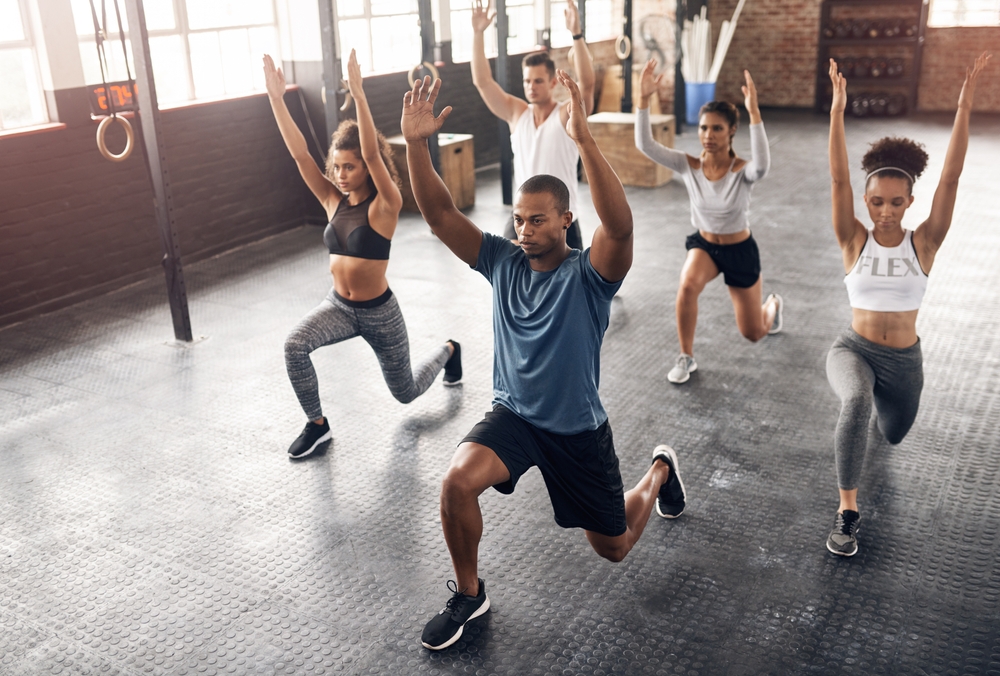
At our practice, we believe in treating the whole person—not just the eyes. That’s why we’re excited to share growing research showing that regular physical activity may slow the progression of glaucoma and help preserve vision.
What the research shows
Recent studies reveal several promising connections between exercise and glaucoma care:
Moderate aerobic activity (such as brisk walking, cycling, or swimming) has been shown to lower intraocular pressure (IOP), a key risk factor in glaucoma.
In patients already diagnosed with open-angle glaucoma, greater physical activity is associated with slower rates of visual field loss.
Some large-scale population studies suggest that people who meet recommended levels of exercise have a lower risk of developing glaucoma in the first place.
Why it matters
Glaucoma is often called the “silent thief of sight” because it can progress without noticeable symptoms until vision loss has already occurred. By incorporating physical activity along with regular glaucoma monitoring, we may enhance overall eye health in several ways:
Lowering IOP: Many studies report that after moderate aerobic exercise, eye pressure can drop measurably.
Improving blood flow to the optic nerve: Better cardiovascular fitness translates to better ocular perfusion pressure.
Providing neuro-protective effects: Physical fitness may help protect the optic nerve from damage over time.
What this means for you
If you or a loved one are being monitored for glaucoma—or are at higher risk—here are some practical takeaways:
Aim for moderate aerobic exercise: Examples include brisk walking, cycling, or swimming for 20–30 minutes most days of the week. Even modest, consistent increases in activity can make a difference.
Consistency matters: The benefits of exercise on eye pressure and circulation appear to fade if activity stops, so regular movement is key.
Be mindful of exercise types:
Heavy weightlifting and breath-holding can temporarily raise eye pressure.
Certain yoga poses that involve head-down positions may also increase pressure and should be avoided or modified for glaucoma patients.
Combine lifestyle and medical care: Exercise is an excellent complement to—but not a replacement for—medications, laser treatments, or surgery.
A note on children and special-needs patients
As a pediatric optometrist, I often see families concerned about lifelong eye health. While glaucoma research has focused mainly on adults, the same principles of movement and fitness apply to children and individuals with special needs. Encouraging regular, age-appropriate physical activity can help set the foundation for healthy eyes and overall wellness.
Final thoughts
At our practice, we take a whole-body approach to vision care. Staying active is one more way to support your sight and protect your eyes for the long term. If you have glaucoma—or risk factors for it—ask us how exercise can fit safely into your care plan.
References
Chua J, et al. Association of Physical Activity with Glaucoma Progression in the Singapore Epidemiology of Eye Diseases Study. Ophthalmology, 2025.
American Academy of Ophthalmology. Can Exercise Lower Eye Pressure? Ophthalmology Journal, 2023.
Glaucoma Research Foundation. Exercise, Diet, and Lifestyle for People Living with Glaucoma. 2024.
The Ophthalmologist. The Role of Exercise in Managing Glaucoma. 2025.
AOA Clinical Research Summary. Glaucoma and Exercise: The Systemic Connection. Journal of the American Optometric Association, 2024.
Coleman AL, et al. Effects of Aerobic Exercise on Intraocular Pressure and Ocular Perfusion. Investigative Ophthalmology & Visual Science, 2023.









